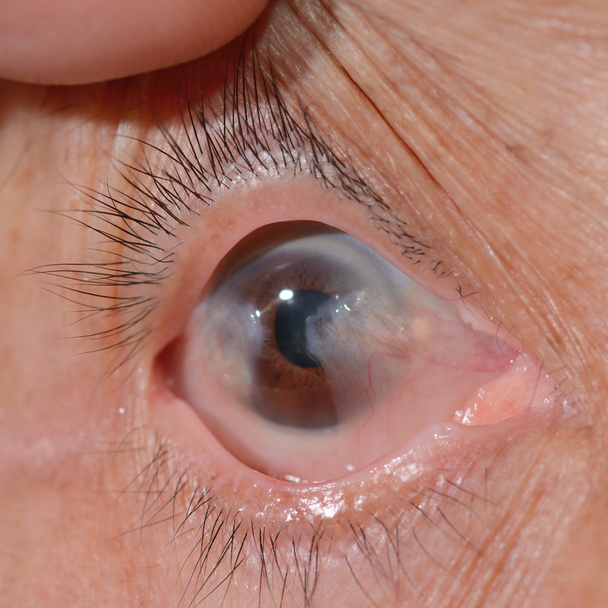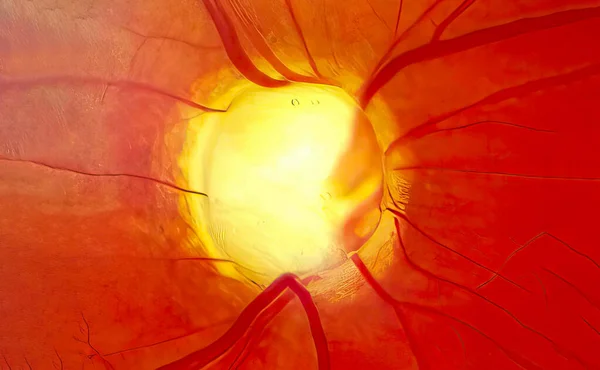In the world of eye health, glaucoma quietly lurks, posing a serious risk to vision without raising alarm bells. It’s a sneaky condition that affects millions worldwide, often without any warning signs until it’s too late. In this guide, we’ll break down glaucoma in simple terms, covering what it is, how it affects your vision, why it happens, and what you can do to protect your eyesight. By understanding glaucoma better, you’ll be better equipped to detect it early and take steps to preserve your vision.
What is Glaucoma?
What is Glaucoma? Think of glaucoma as a group of eye problems that damage a vital part of your eye called the optic nerve. This damage messes with how your eye sends signals to your brain, leading to gradual vision loss.
Glaucoma isn’t merely a single entity but rather a group of progressive eye diseases that inflict damage upon the optic nerve, disrupting the transmission of visual information from the eye to the brain. This impairment culminates in gradual and irreversible vision loss, and if left unchecked, can culminate in blindness.
Among its various forms, open-angle glaucoma and angle-closure glaucoma reign as the most prevalent, each presenting unique challenges and implications for vision health.
Open-angle glaucoma is the most common form of glaucoma, characterized by a gradual increase in intraocular pressure (IOP) due to blockage or dysfunction of the eye’s drainage system. This gradual rise in pressure damages the optic nerve, leading to peripheral vision loss that can progress to central vision loss if left untreated. Open-angle glaucoma often develops silently, without noticeable symptoms in its early stages, making regular eye exams crucial for early detection and treatment.
Angle-closure glaucoma is a less common but more acute form of glaucoma, characterized by a sudden and severe increase in intraocular pressure due to a blockage of the eye’s drainage angle. This blockage prevents the normal flow of aqueous humor, leading to a rapid rise in pressure and intense symptoms such as eye pain, blurred vision, halos around lights, nausea, and vomiting. Angle-closure glaucoma requires immediate medical attention to prevent permanent vision loss, often through emergency treatment to reduce intraocular pressure and restore normal drainage.

In Canada, it’s estimated that over 450,000 people are affected by glaucoma, yet nearly half are unaware they have the condition, highlighting the critical need for regular eye examinations for early detection and treatment.
Symptoms
The tricky thing about glaucoma is that it often doesn’t show any signs until it’s already done some damage. But as it progresses, you might notice things like trouble seeing things on the side, blurry vision, or seeing halos around lights. In severe cases, you might even feel intense eye pain or get sick to your stomach. Individuals may experience subtle yet insidious symptoms, including:
- Gradual loss of peripheral vision
- Tunnel vision in advanced stages
- Blurred vision
- Halos around lights
- Severe eye pain
- Nausea or vomiting (a hallmark of acute angle-closure glaucoma)
What Causes Glaucoma?
We’re not entirely sure why some people get glaucoma, but it often has to do with the fluid pressure inside your eyes getting out of balance. Certain things can increase your chances of getting it, like having family members with glaucoma, getting older, or having certain health conditions like diabetes or high blood pressure.
While the precise cause of glaucoma remains elusive, the underlying mechanism typically involves an imbalance in the production and outflow of aqueous humor, the clear fluid that nourishes the eye. Several risk factors heighten susceptibility to glaucoma such as elevated intraocular pressure (IOP) and prolonged use of corticosteroids.
Treatment Options
Early detection and proactive management are paramount in the battle against glaucoma. Treatment strategies may encompass:
- Medications: Topical eye drops or oral medications to lower intraocular pressure and preserve optic nerve function.
- Laser Therapy: Techniques such as laser trabeculoplasty or iridotomy to enhance aqueous humor outflow and alleviate pressure on the optic nerve.
- Surgical Intervention: In cases of advanced or refractory glaucoma, surgical procedures like trabeculectomy or drainage implantation may be indicated to mitigate intraocular pressure.
While we can’t always prevent glaucoma, there are things you can do to lower your risk. Regular eye check-ups are crucial, especially as you get older or if you have a family history of glaucoma. Eating healthy, staying active, and protecting your eyes from injury can also help keep your eyes in tip-top shape. With early detection and proper care, you can keep your eyes healthy and see the world clearly for years to come.
Glaucoma might be sneaky, but armed with knowledge, you can take steps to protect your vision. If you’re worried about glaucoma or notice any changes in your vision, don’t wait—get in touch with us!


Really informative